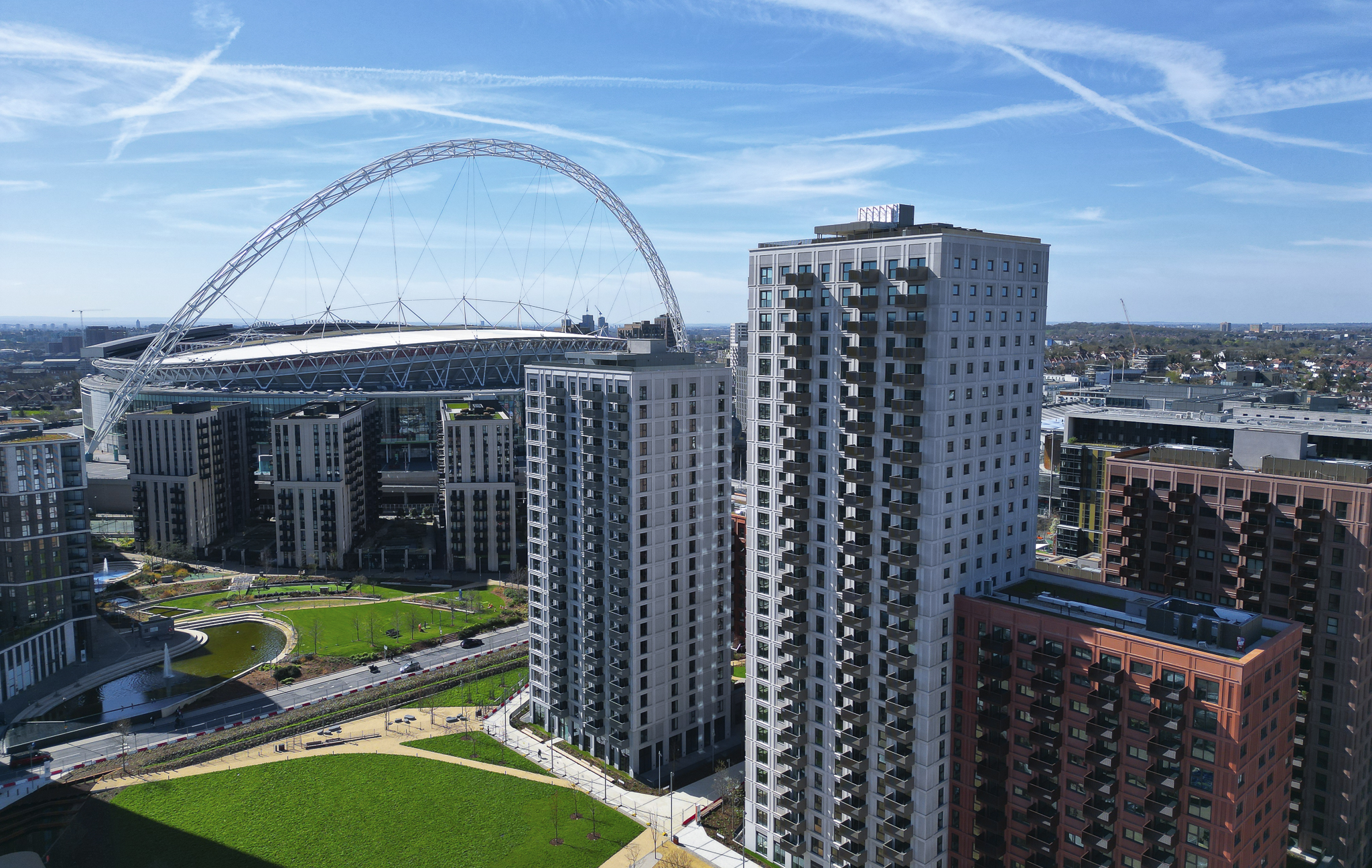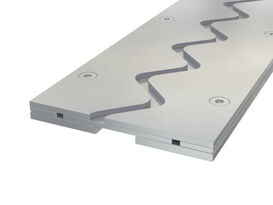The Role of Movement Joints in Sustainable Construction | VEDA & Willseal Expansion Joints from Tremco CPG UK

Introduction: Why Movement Joints Matter in Sustainability
Sustainable construction is no longer optional it’s essential. Architects, engineers, and specifiers must design buildings that last longer, perform better, and minimize environmental impact. While most sustainability efforts focus on materials, energy efficiency, and carbon reduction, movement joints are a critical yet often overlooked component in ensuring long-term structural integrity.
What Are Movement Joints and Why Are They Important?
Movement joints embedded in floors, walls, and facades allow controlled expansion and contraction. This prevents:
- Cracking and material failure
- Water ingress and leakage
- Costly repairs and carbon- heavy replacements.
By managing structural shifts, movement joints preserve the performance of concrete, steel, and other materials, directly contributing to a building’s sustainability.
VEDA & Willseal: Smart Solutions for Sustainable Design
VEDA profiles offer load-bearing protection in floors and walls, minimizing deformation and reducing the need for remedial work.
Willseal foam seals maintain watertight performance over time, protecting finishes and waterproofing membranes from degradation.
Together, these systems:
- Extend building lifespan
- Reduce embodied carbon
- Minimize maintenance and resource use
Real- World Example: VEDA JDH 5.25 in Action
Installed in high-traffic areas like car parks and podium decks, the VEDA JDH 5.25 system:
- Withstands constant vehicle loads
- Maintains watertightness
- Prevent premature resurfacing
Movements Joints & Net- Zero Goals
As the UK construction industry moves toward net-zero carbon, specifiers must demonstrate sustainability at every design level. Choosing durable, tested movement joint systems like VEDA and Willseal helps:
- Reduce waste
- Improve lifecycle efficiency
- Ensure long- term building performance
Related Articles






.jpeg)
.png)
.jpeg)







